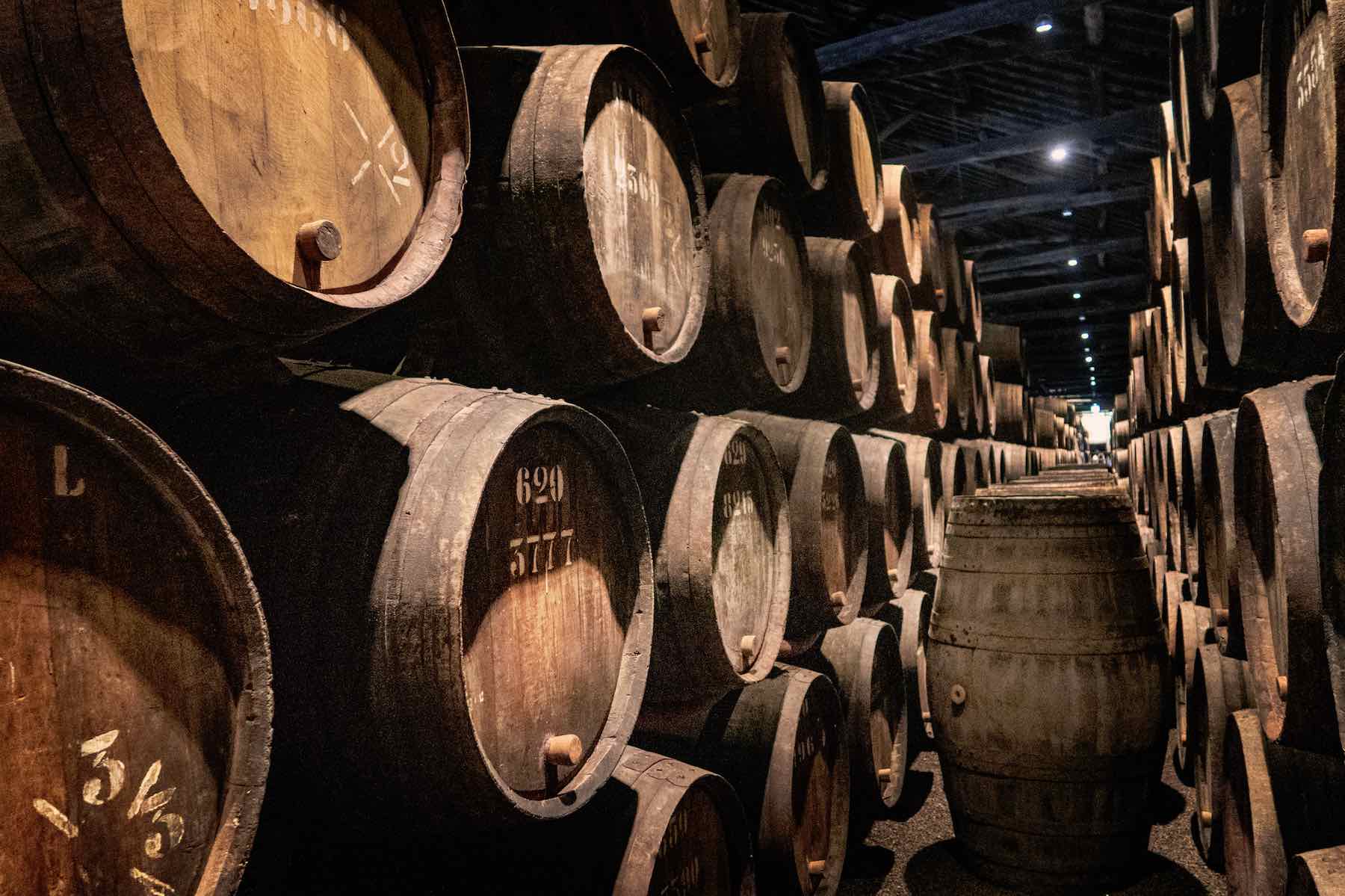
Types of port cask used to make whisky, and their effect on flavour
The two most common casks used to mature whisky are bourbon and sherry. I recently wrote about how sherry casks effect whisky flavour. But, there is a wide range of casks that can be used, lots of different types, and different sizes. One of which, is ex-port casks. And that's what I'm going to talk about in this article.
What is port?
Port is a fortified wine from Portugal. Port is typical sweet, and based on red wine, though there are exceptions to both rules. A variety of grape types are used. The key varieties are Touriga Franca, Touriga Nacional, Tinta Barroca, Tinto Cão, and Tinta Roriz. Part way through fermentation, a distilled spirit is added. This is usually a grape spirit, such as cognac or brandy. The high ABV spirit kills the yeast, and stops fermentation; this is why port wine is sweet. It also increases the end ABV of the port (around 20% ABV), hence the term "fortified". Port was invented as a way of preserving wine. This was important for the long, hot journey from the vineyard in Douro Valley to the town of Porto, and onward journeys around the world.
What types of port are there?
There are lots of sub varieties of port, but they typically fall into four main categories. These ranked, broadly, in terms of how often they're used to make whisky are:
- Ruby Port: These have a ruby red colour and fruity flavor. While ruby ports can, and do, spend some time in wood, part of their maturation time is spent in the glass bottle.
- Tawny Port: A sweet, complex, and brown-red wine, barrel-aged in wooden casks. This style of port are aged longer than ruby ports. Tawny port can be aged for anything between 10 to 40 years, creating a richer and softer wine.
- White Port: As the name suggests, this is made with white grapes. It is fermented in wood tanks and offers bright flavors like apple and stone fruit, with a nutty finish.
- Rosé Port: Rosé ports, like their wine counterparts, are aromatic and fruity. They have bright berry and caramel notes plus the signature pink colour.
- Colheita Port: Colheita, which means harvest in Portuguese, is a single-vintage tawny port. Colheitas must be aged in oak barrels for at least seven years.
- Single-Quinta Port: Quinta means vineyard in Portuguese. This style of port comes from a single vineyard, in single year. Think of it as an even more specific version of Colheita.
- Vintage Port: Vintage ports come from the most exceptional wine years. They are typicallu aged for up to two years in an oak barrel. They can be further aged for 10 to 50 years in the glass bottle.
- Late Bottled Vintage Port: This single-vintage Port must be aged for four to six years in a barrel. This is around twice as long as a vintage port, hence the 'late-bottled' name.

How do port casks affect whisky's flavour?
Using a port cask to either mature, or finish, a whisky can add extra flavours to whiskies. The type of port cask used will bring different notes to the resulting whisky. Here's a guide to how port casks can affect whisky's flavour:
| Style of Port cask | Impact on whisky |
| Ruby | Red fruits, forest berries, with dark chocolate and a fragrant character. |
| Tawny | A sweet character with nutty notes, dried fruits, and aged oak. |
| White | Summer fruits, like strawberries, and a floral or herbal character. |
| Rosé | Aromatic, floral and sweet with plenty of berries. |
|
Colheita Single-quinta Vintage Late Bottled Vintage |
Rich stewed fruits, dark chocolate, oak and wood spice. |
Want to buy a port cask whisky?
Want to try this style for yourself? You can find our range of port cask whiskies here. And, if speak with our friends at Spiritfilled if you're interested in buying a whole cask.
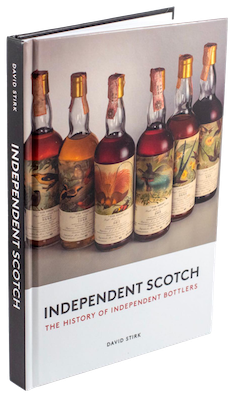
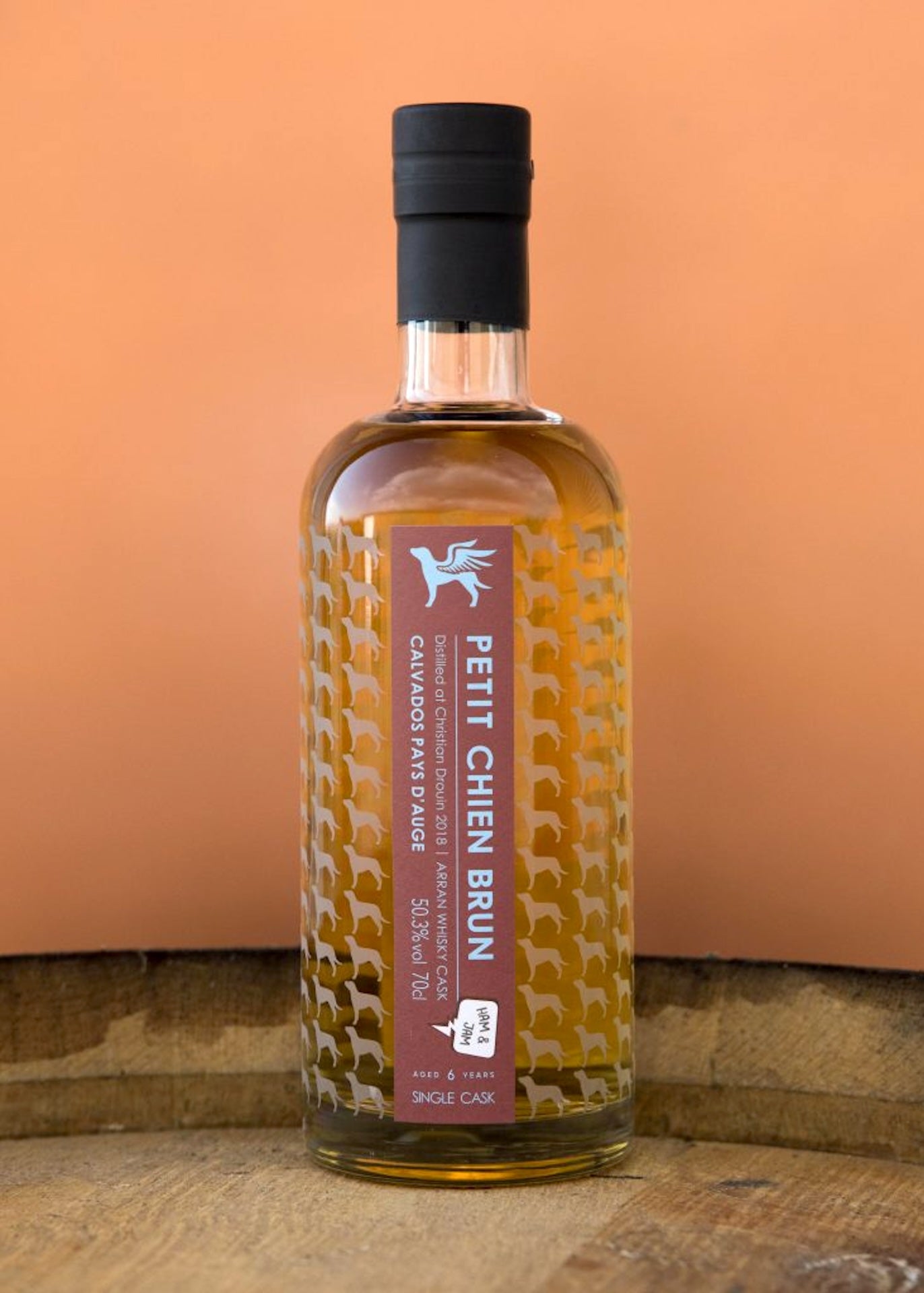
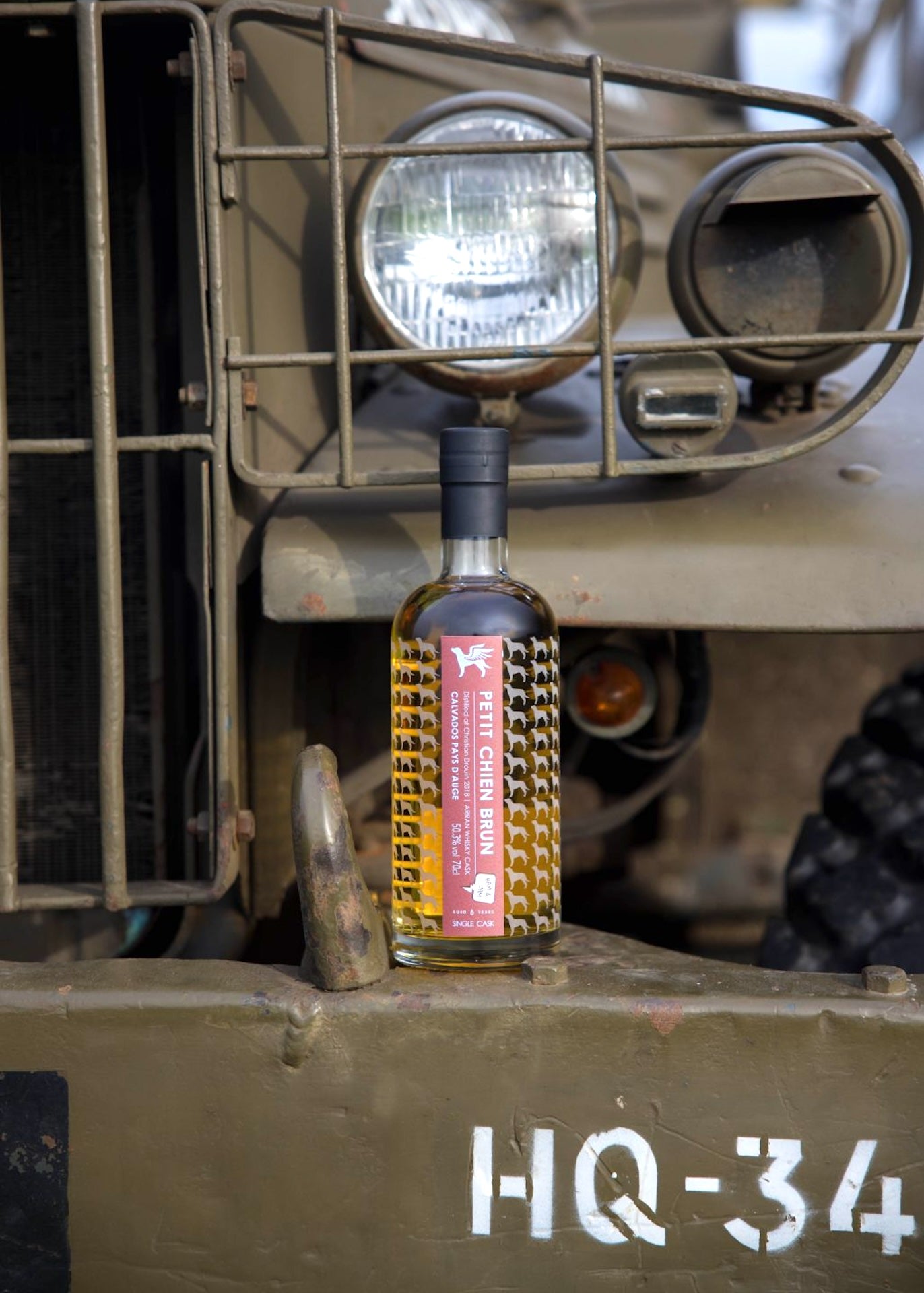
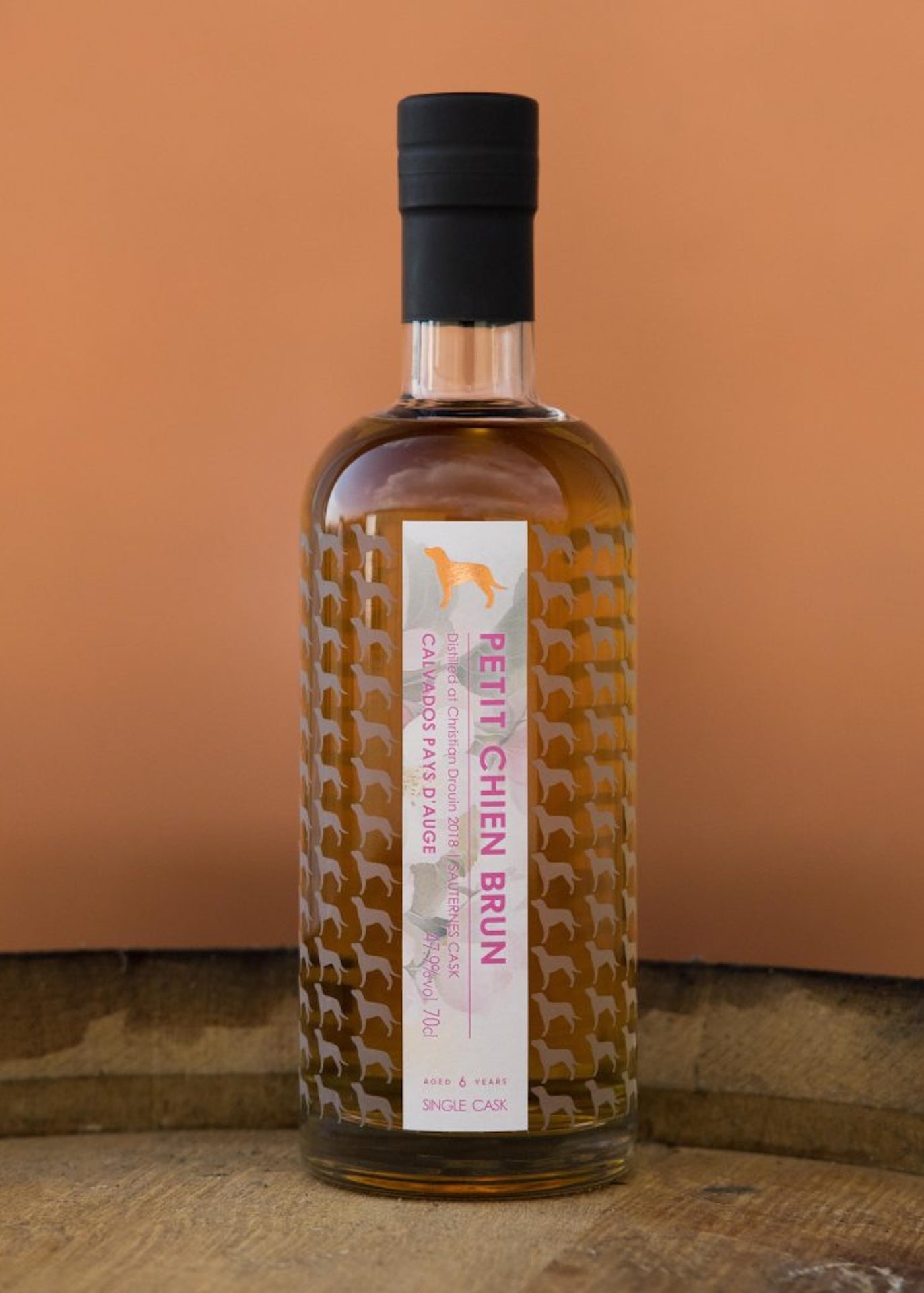
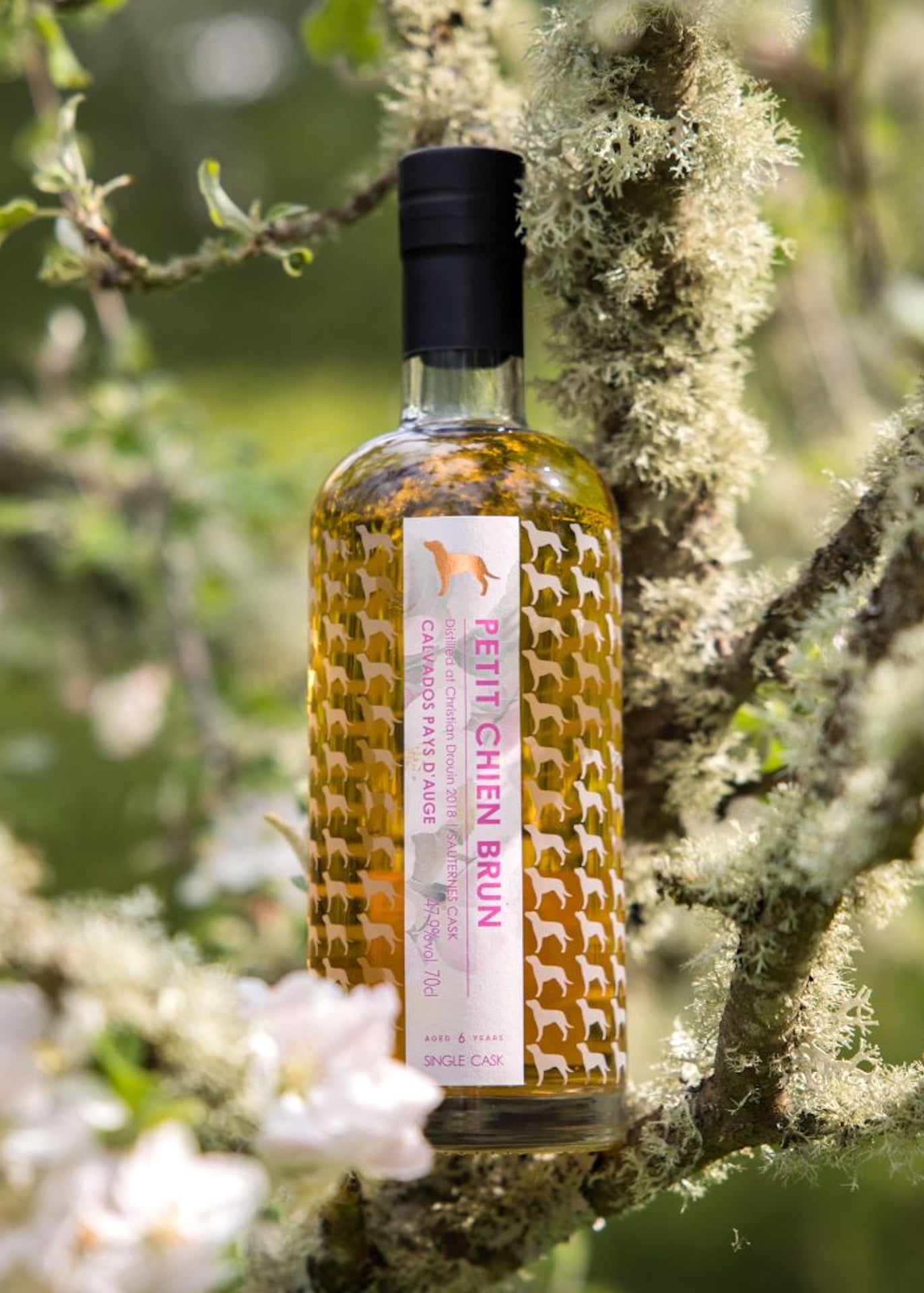
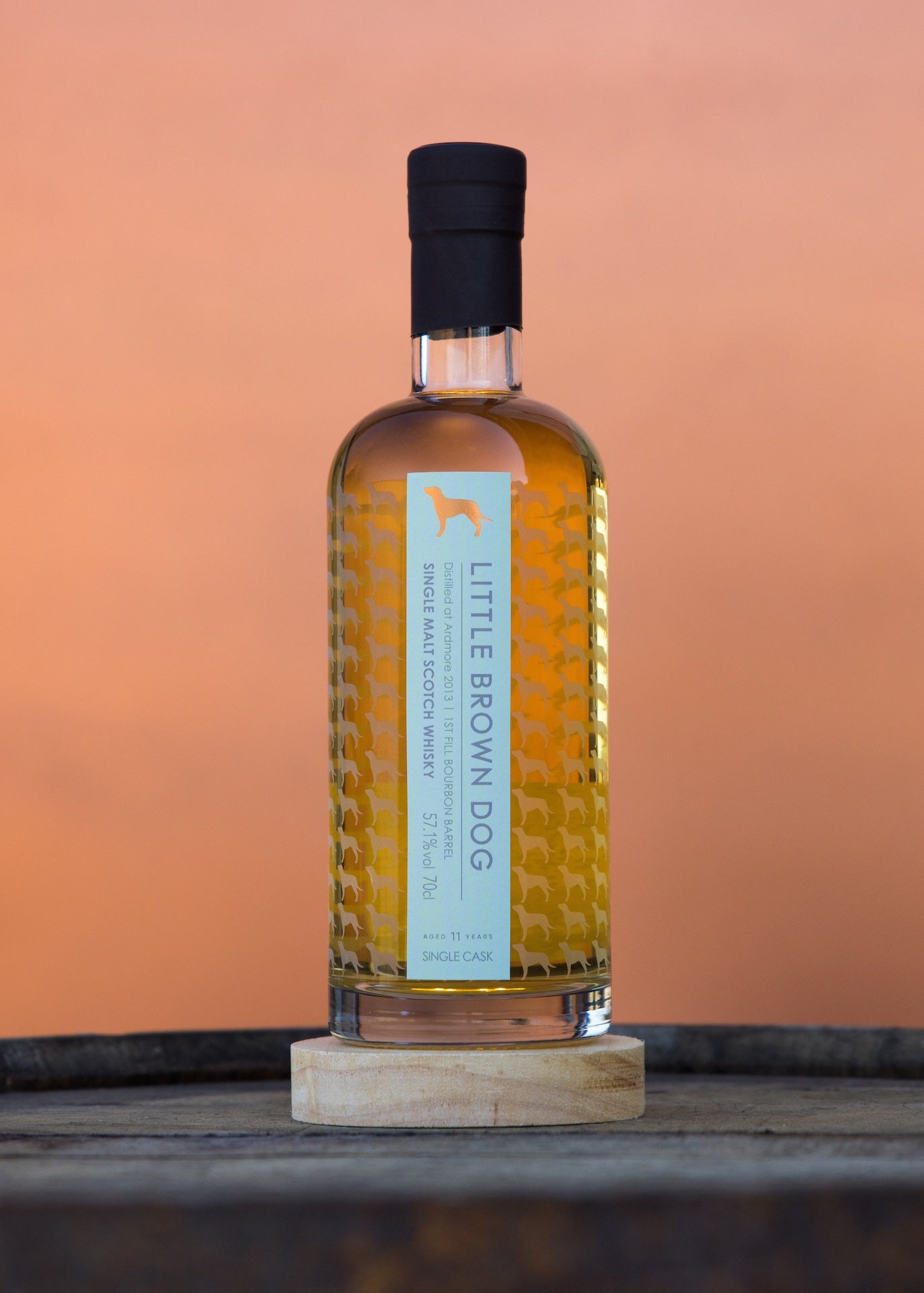
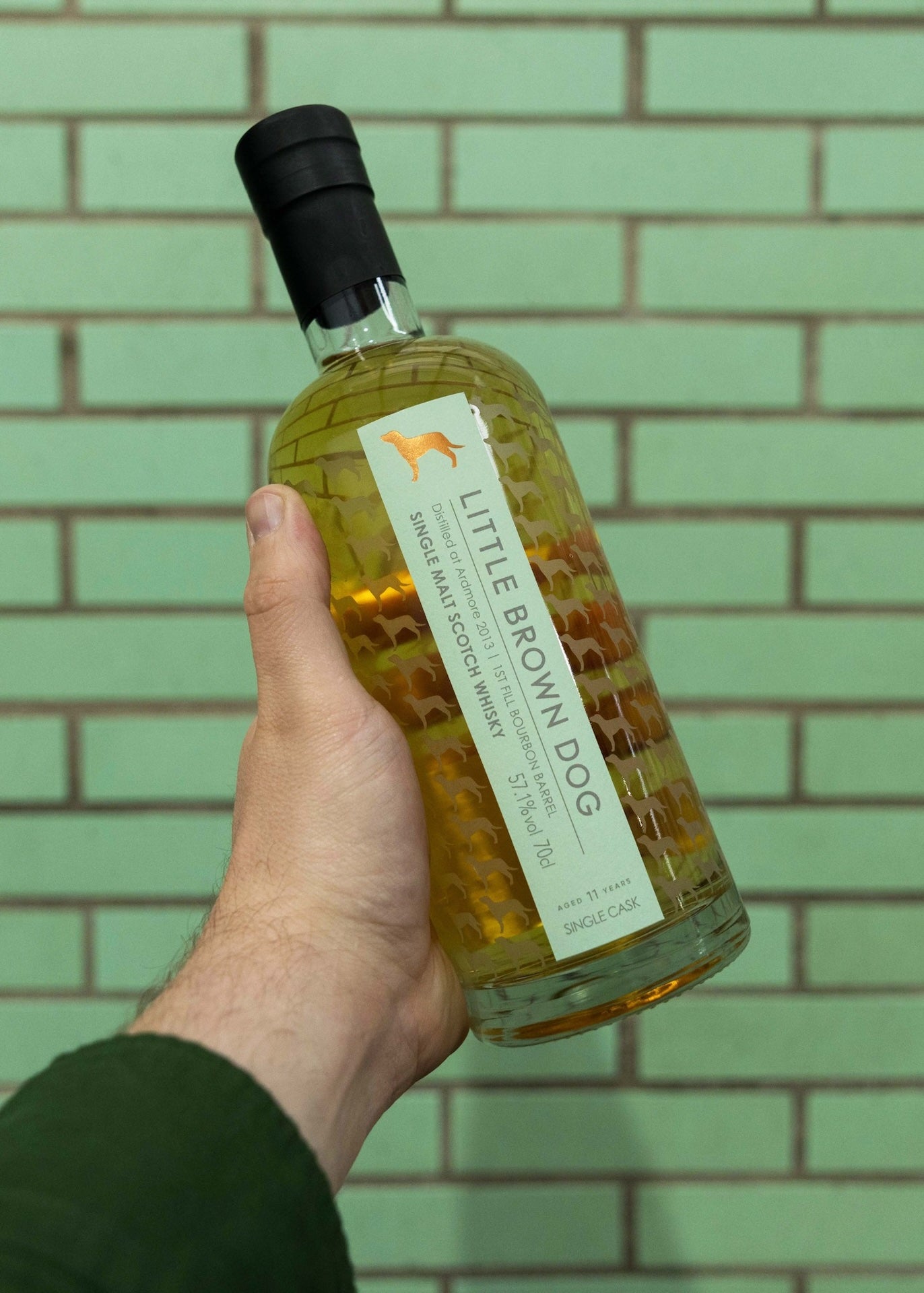
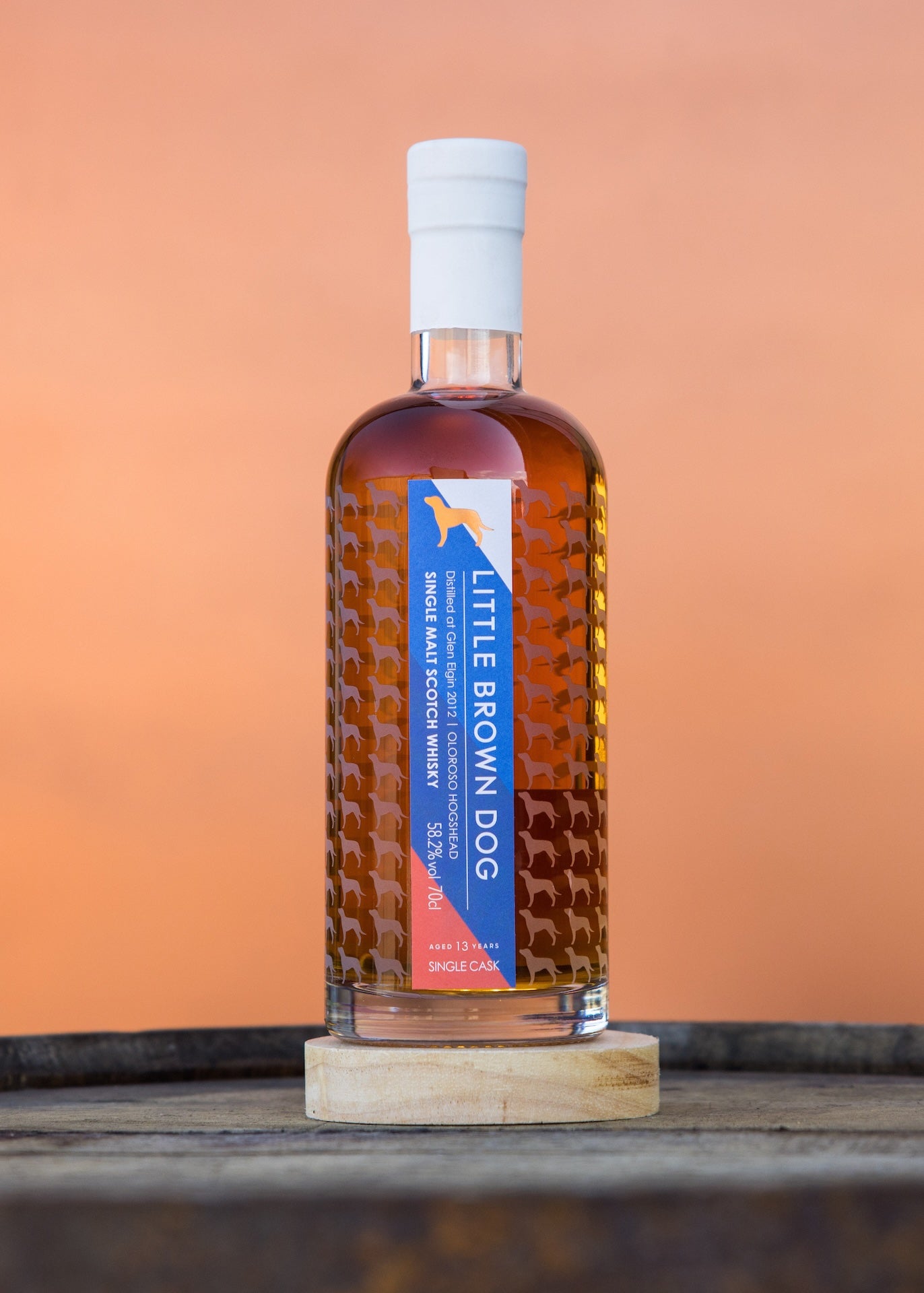
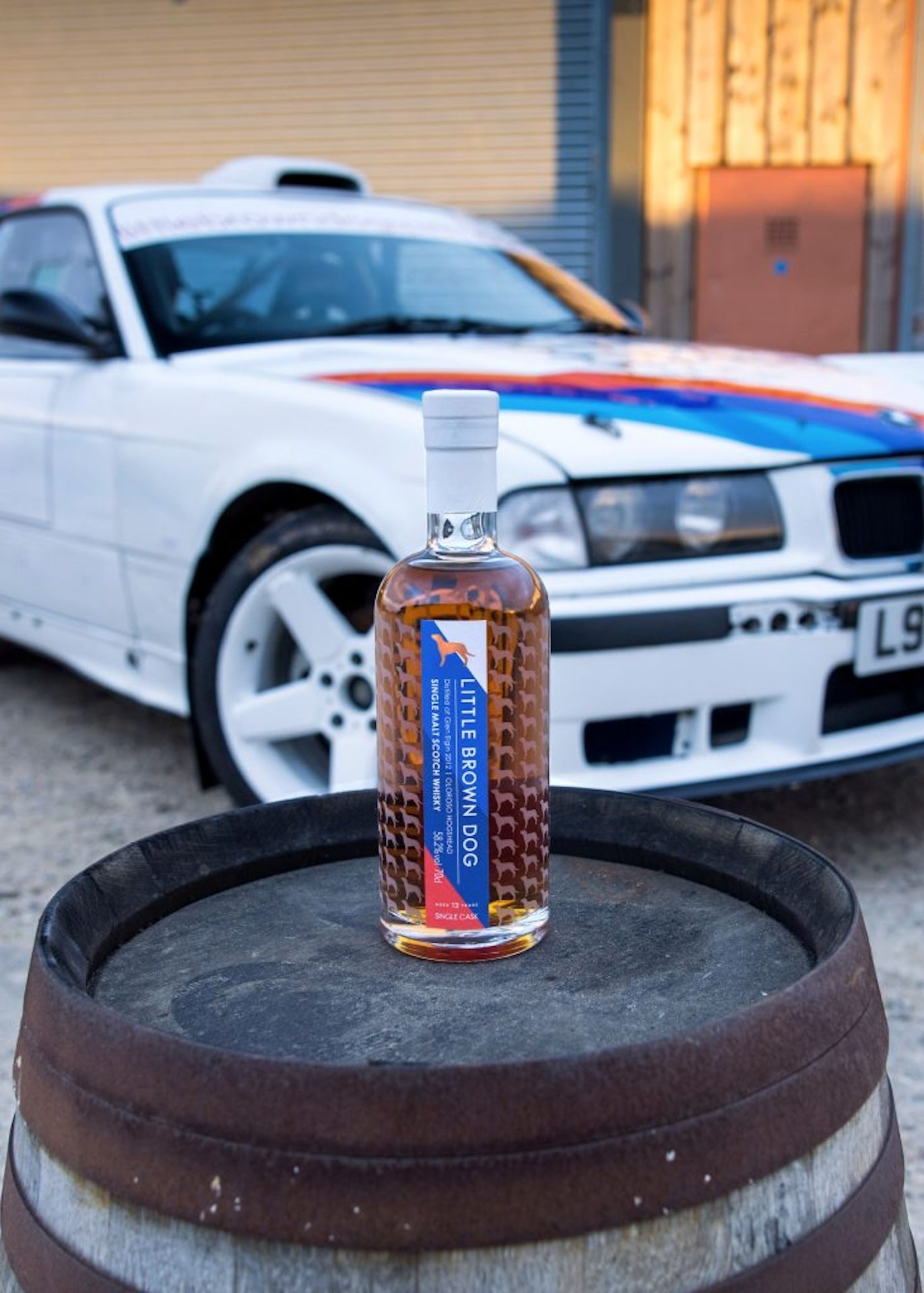
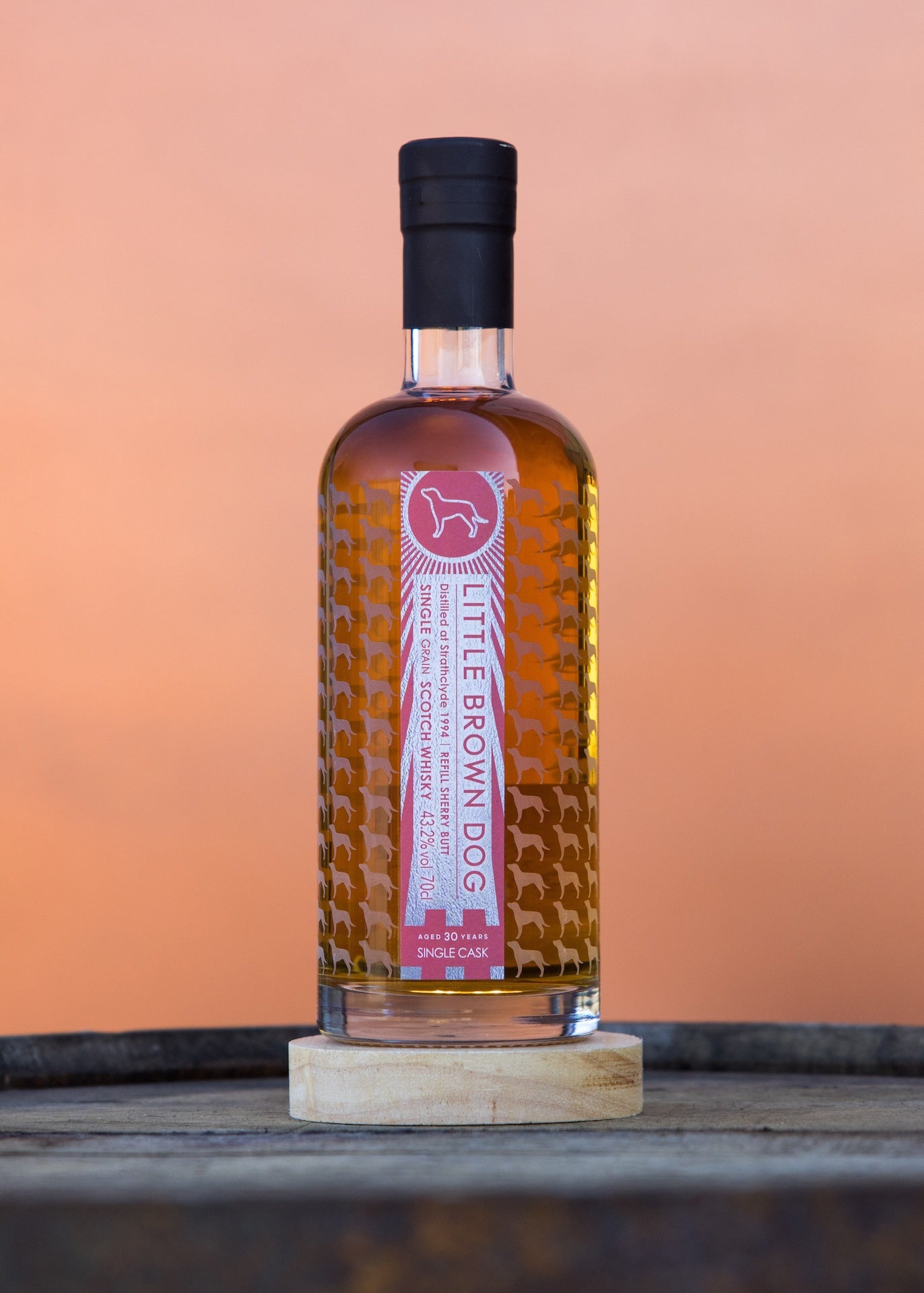
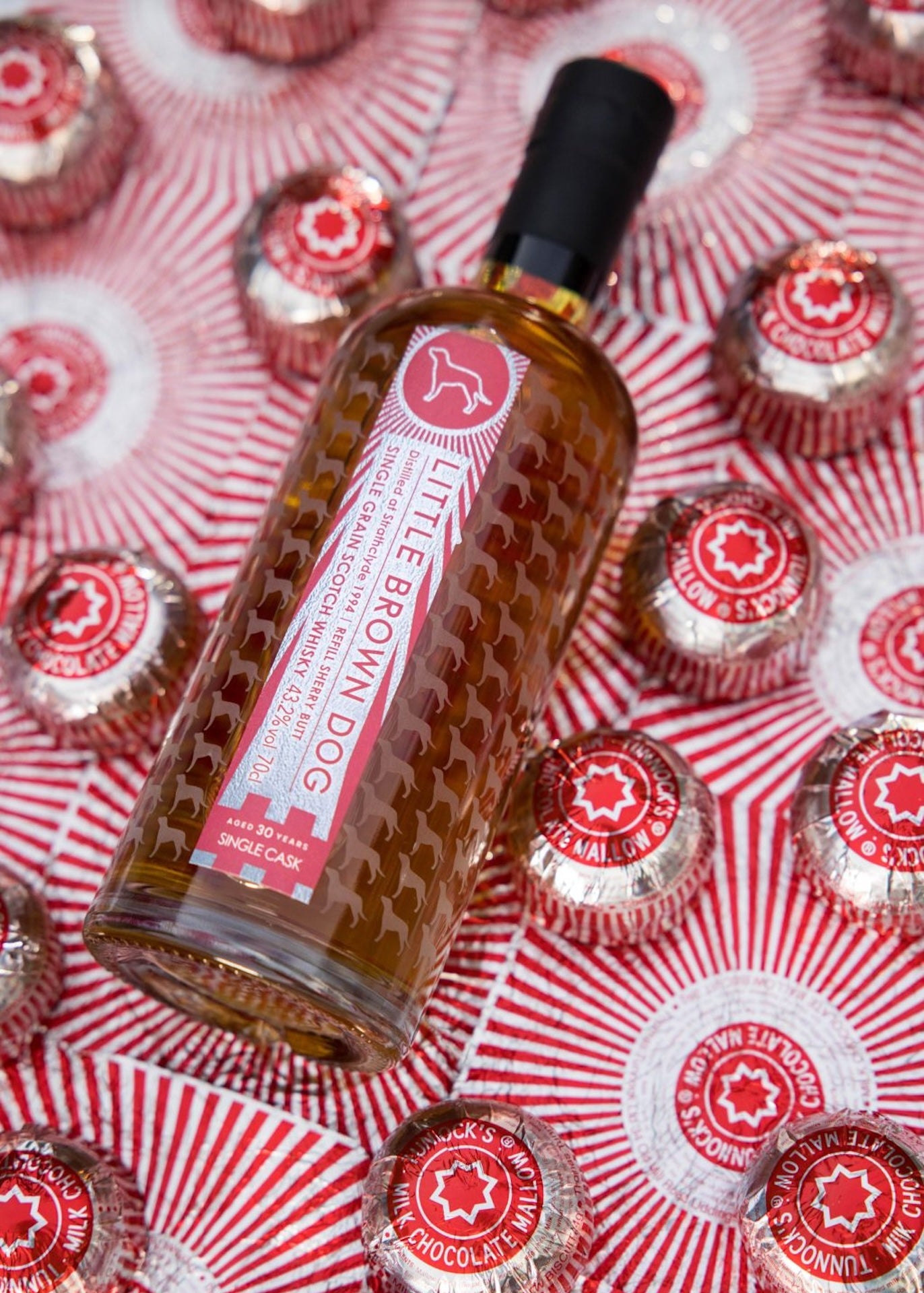
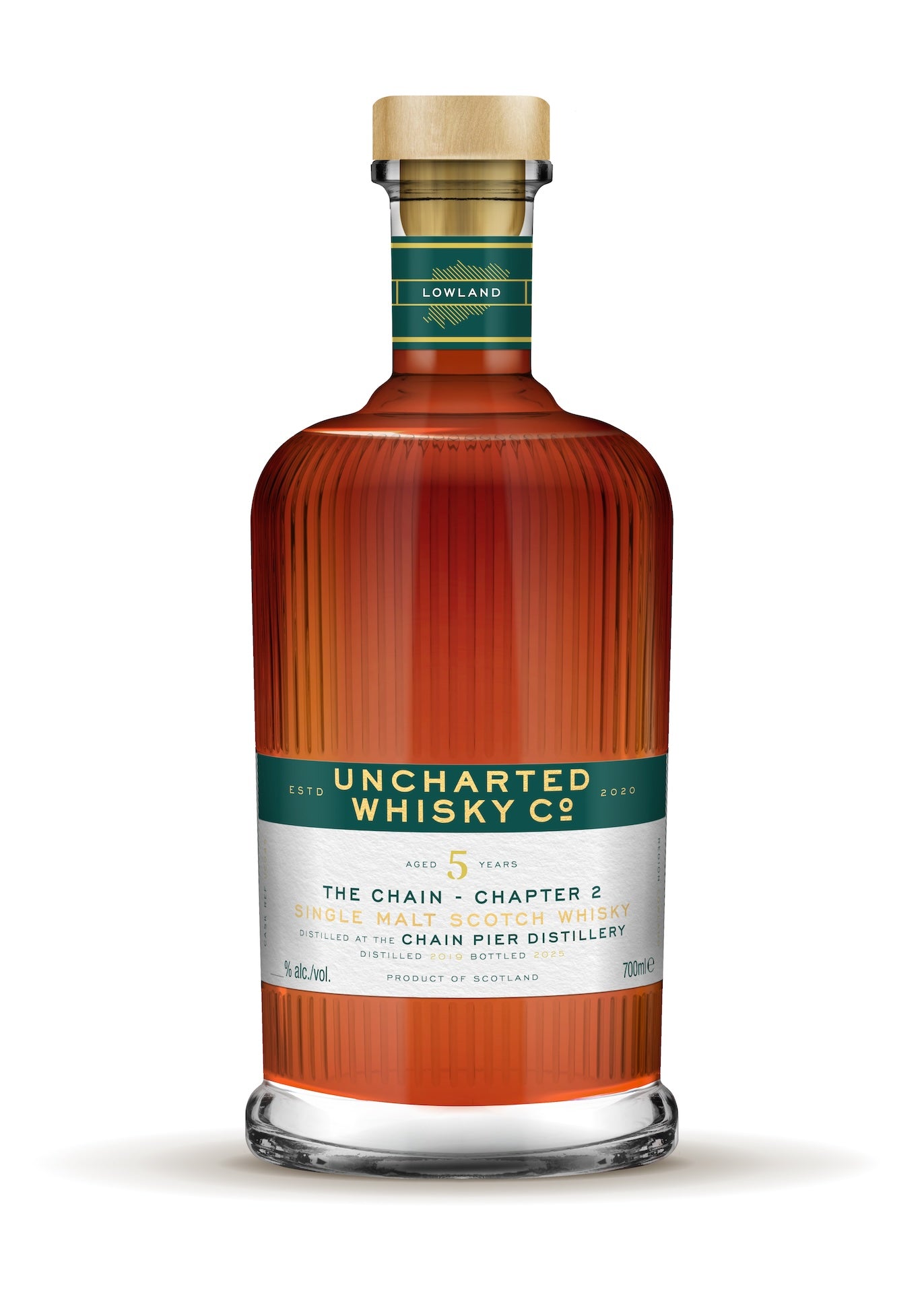
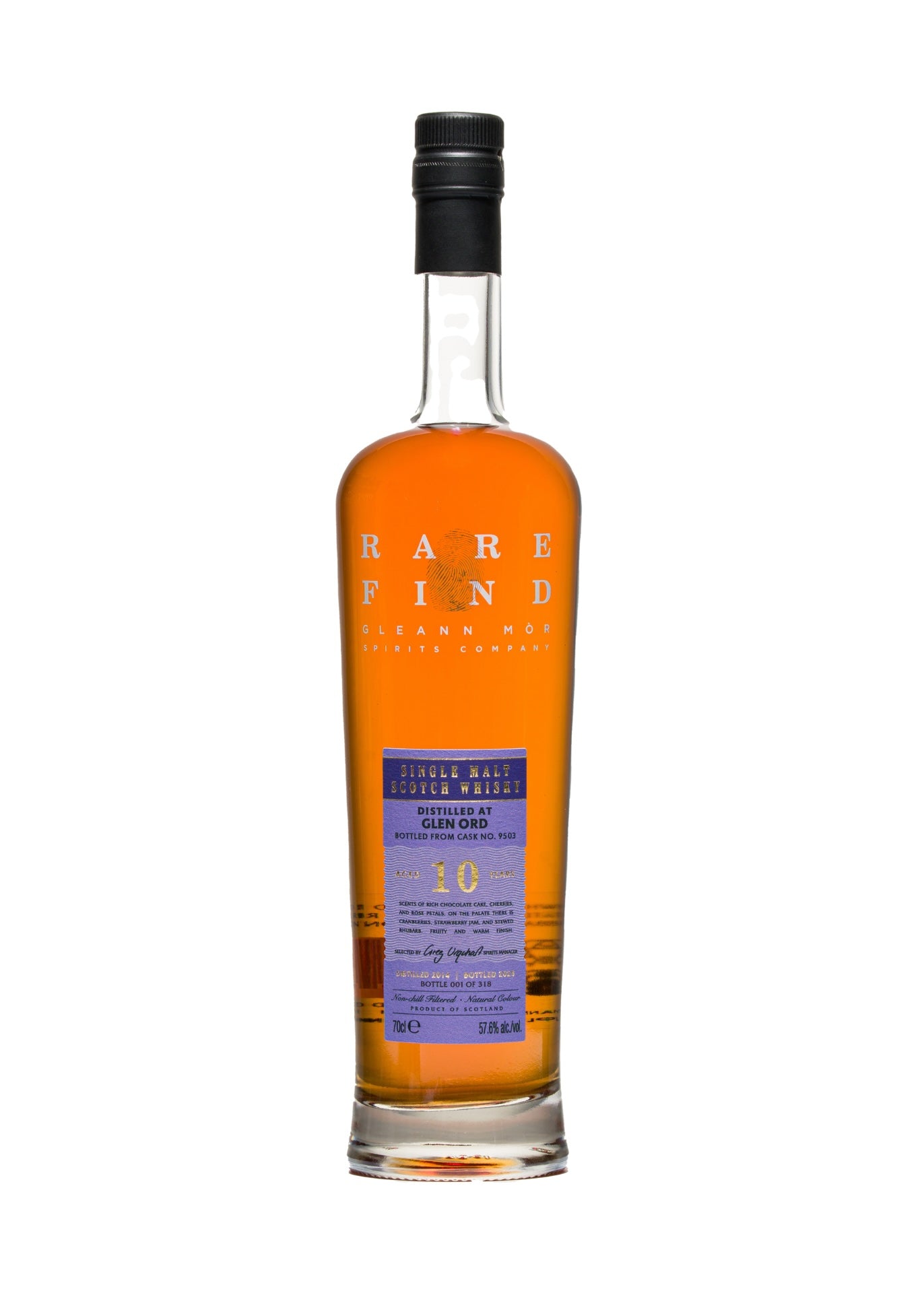
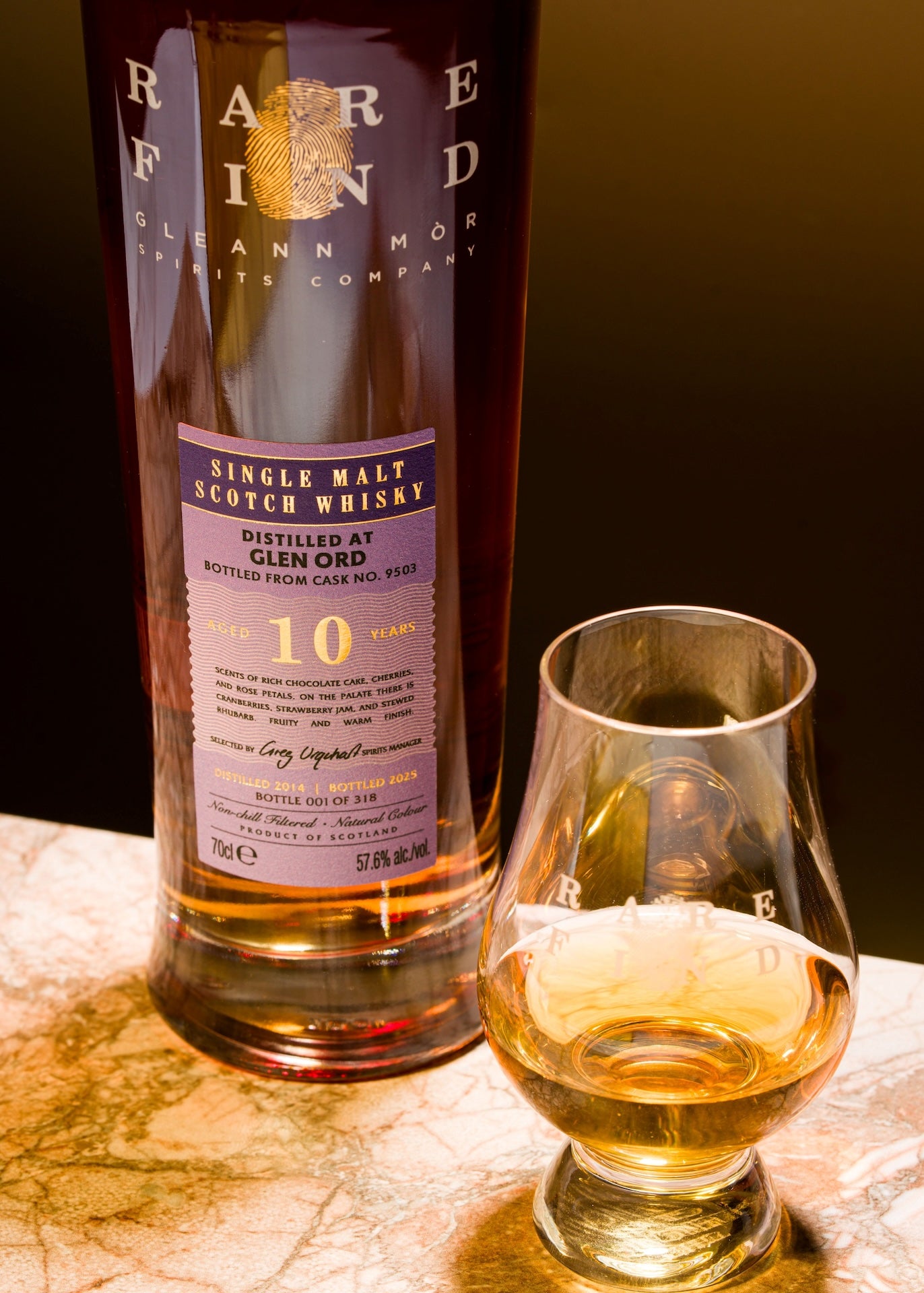
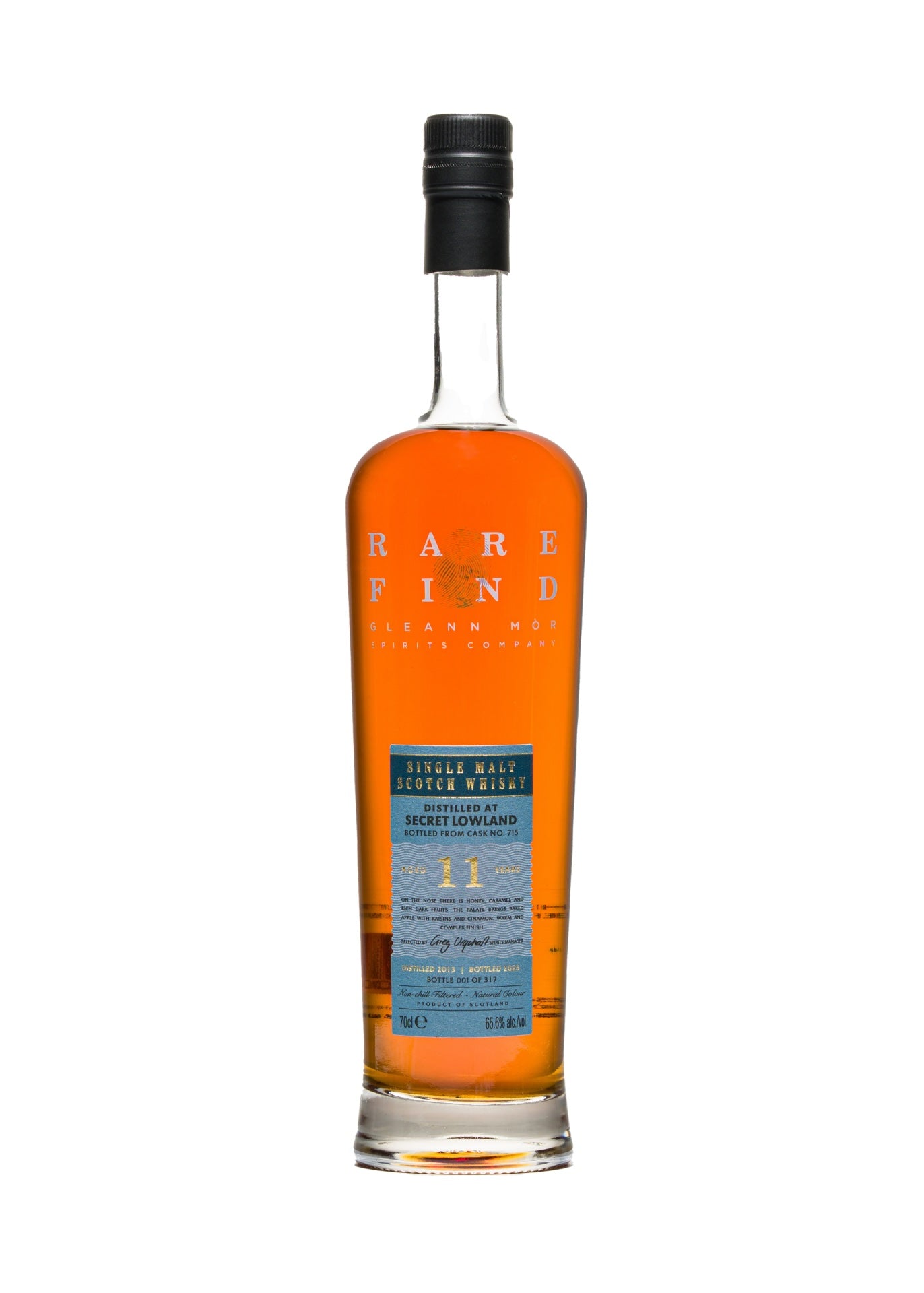
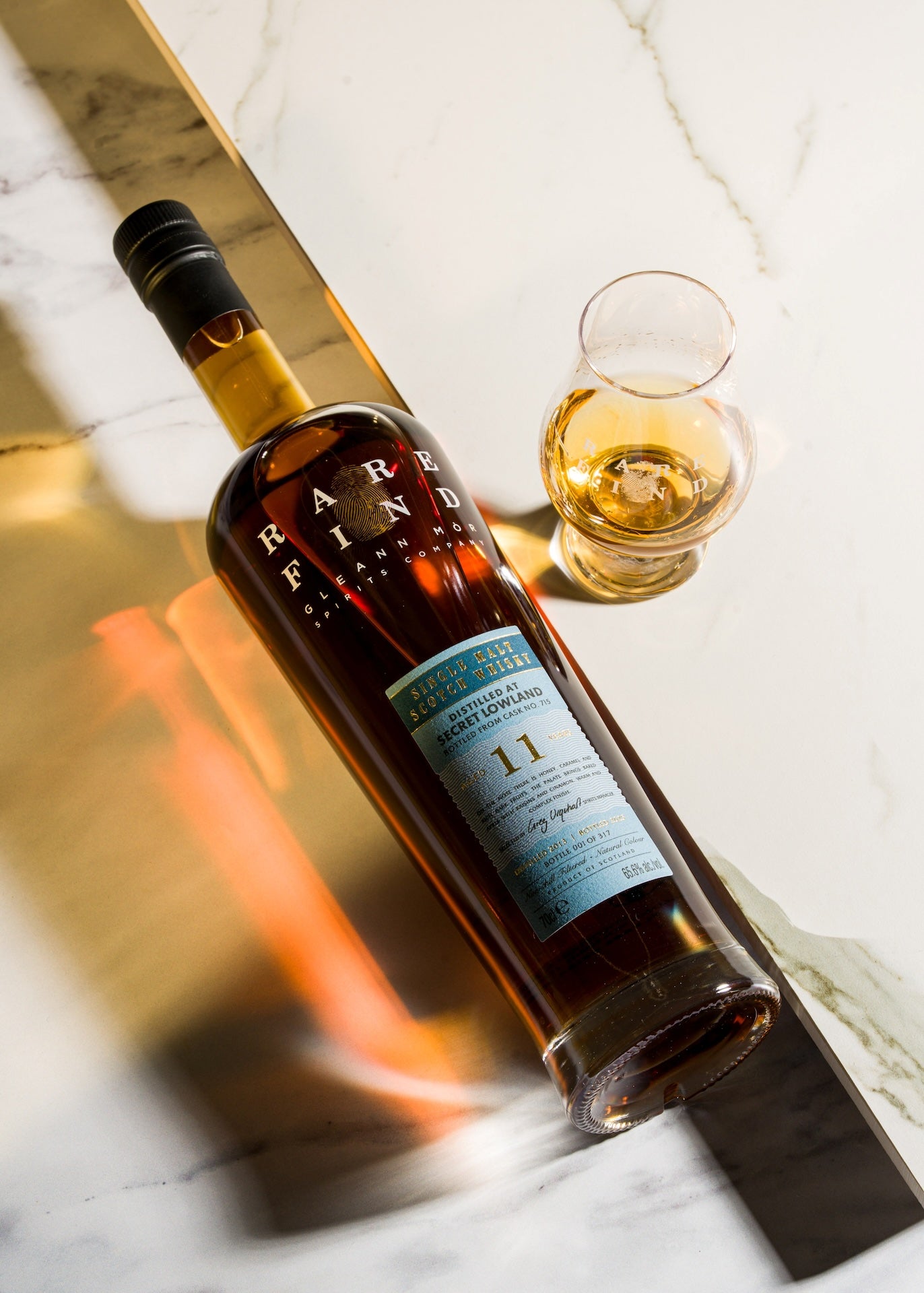
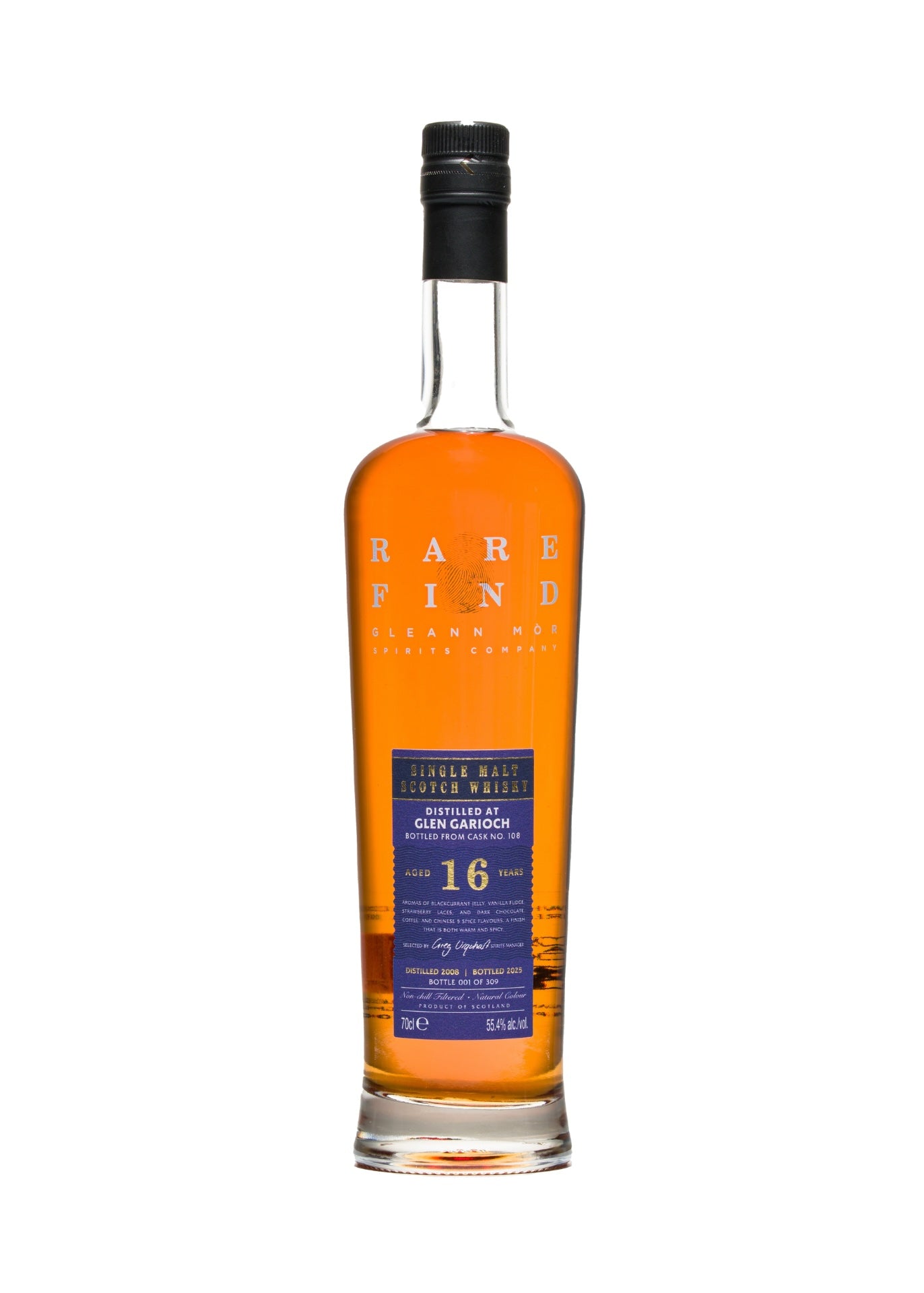
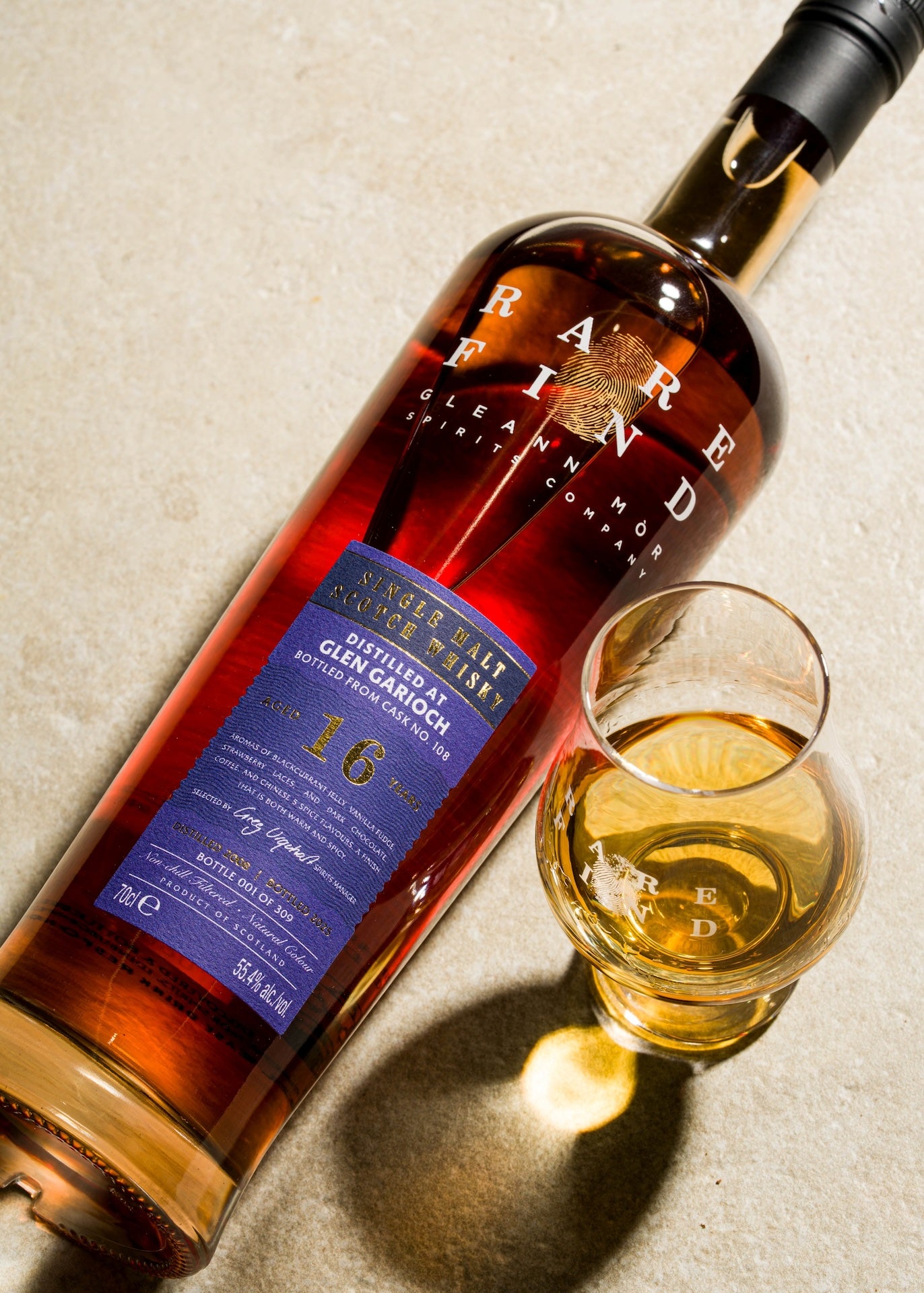
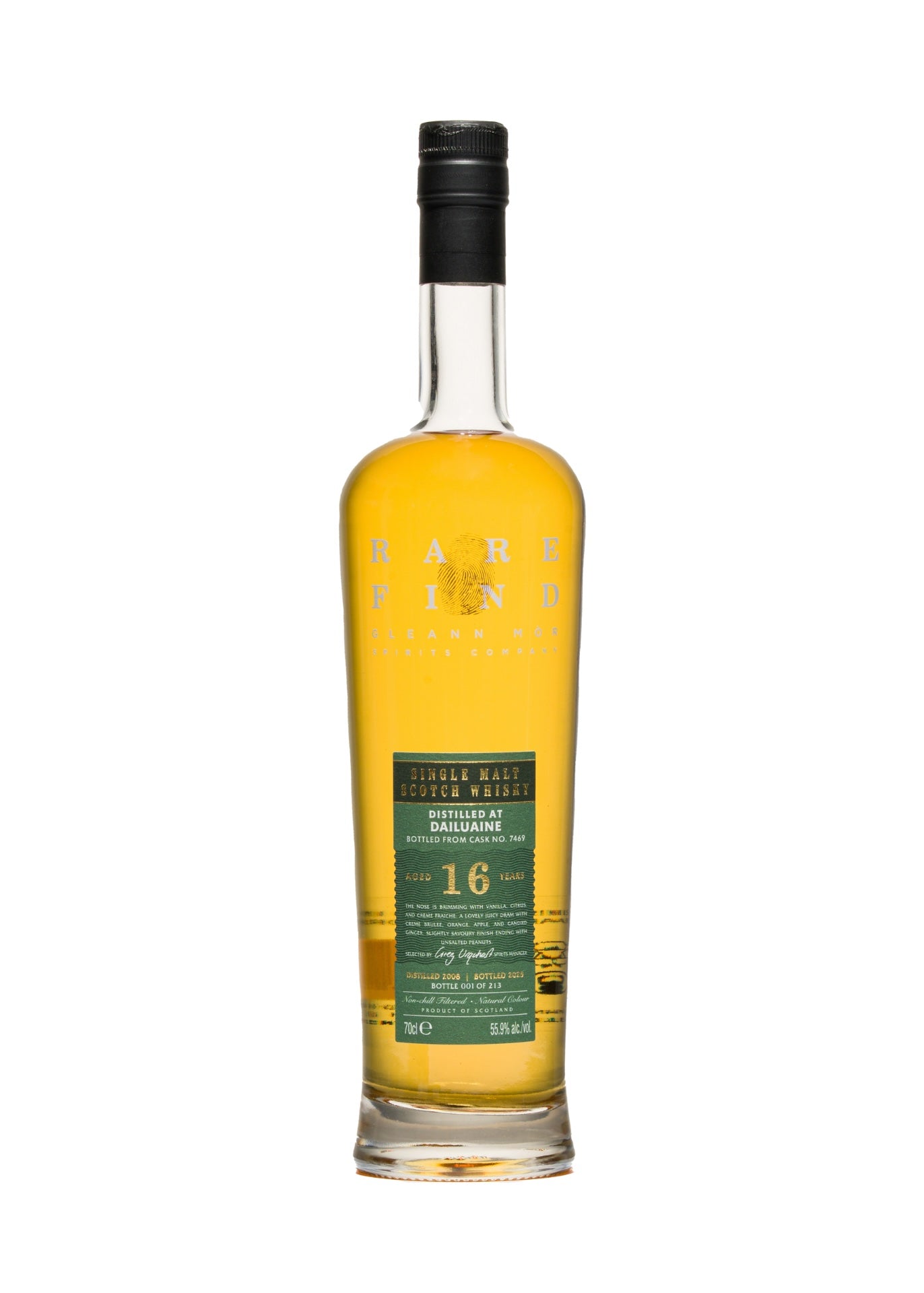
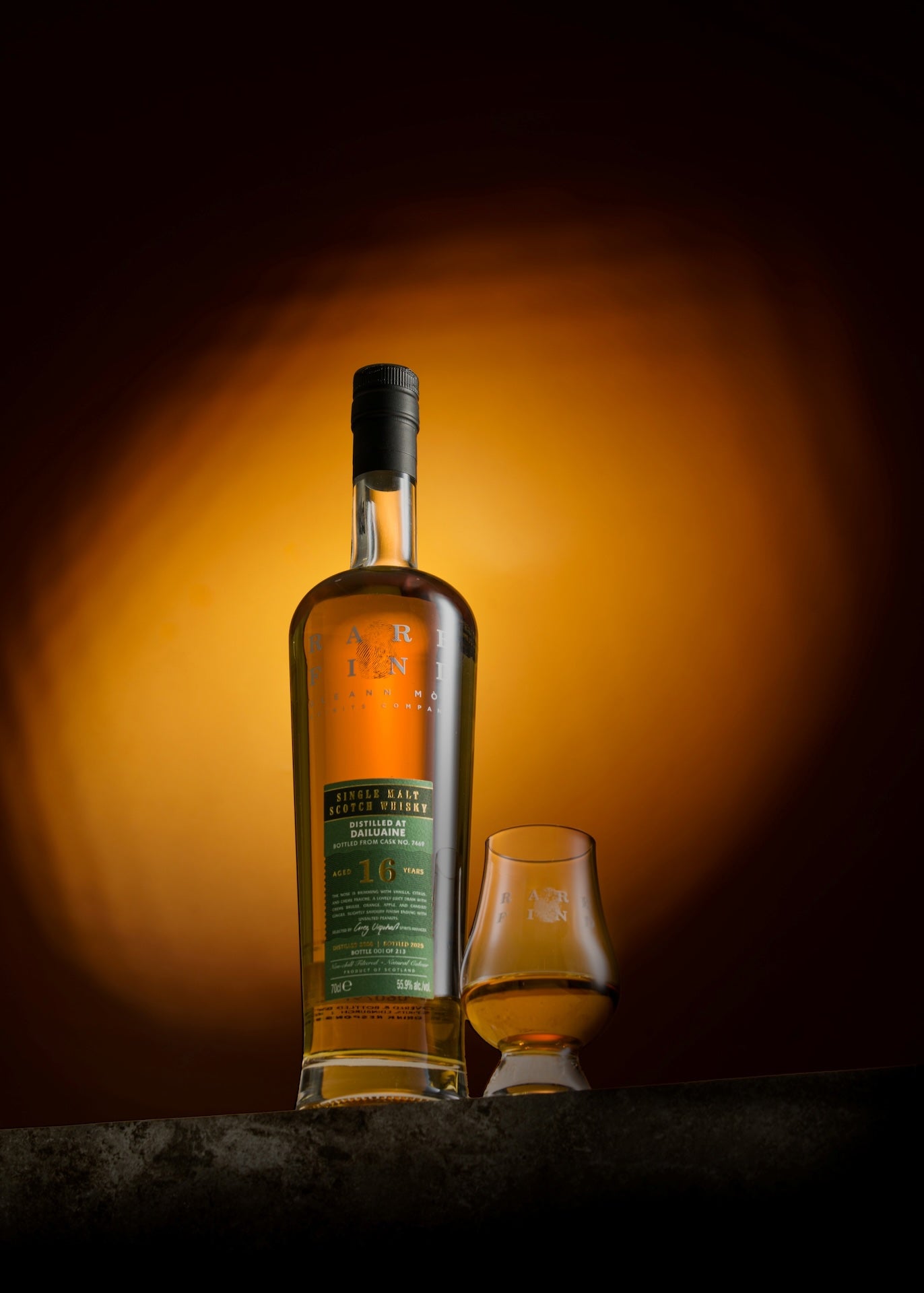
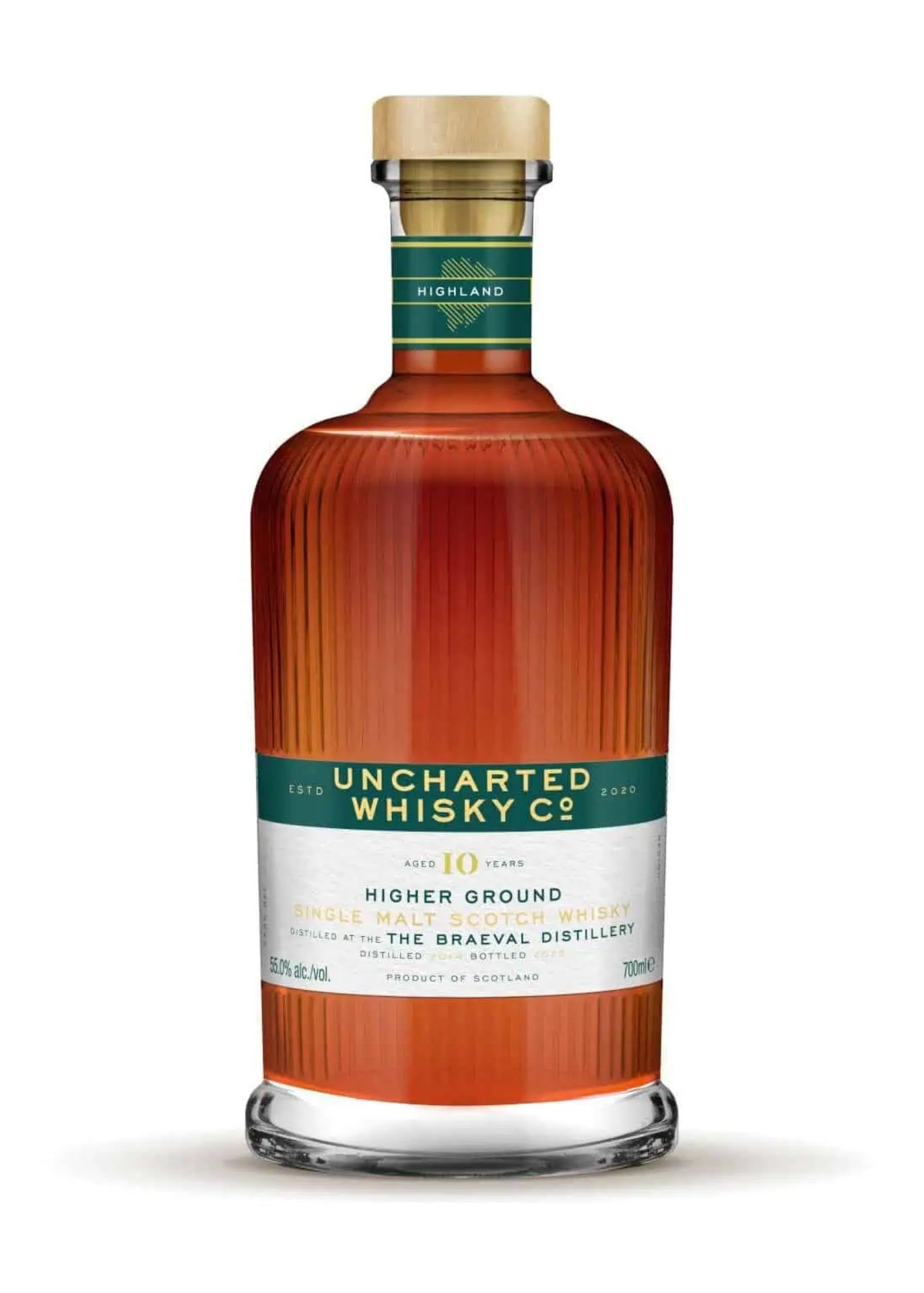
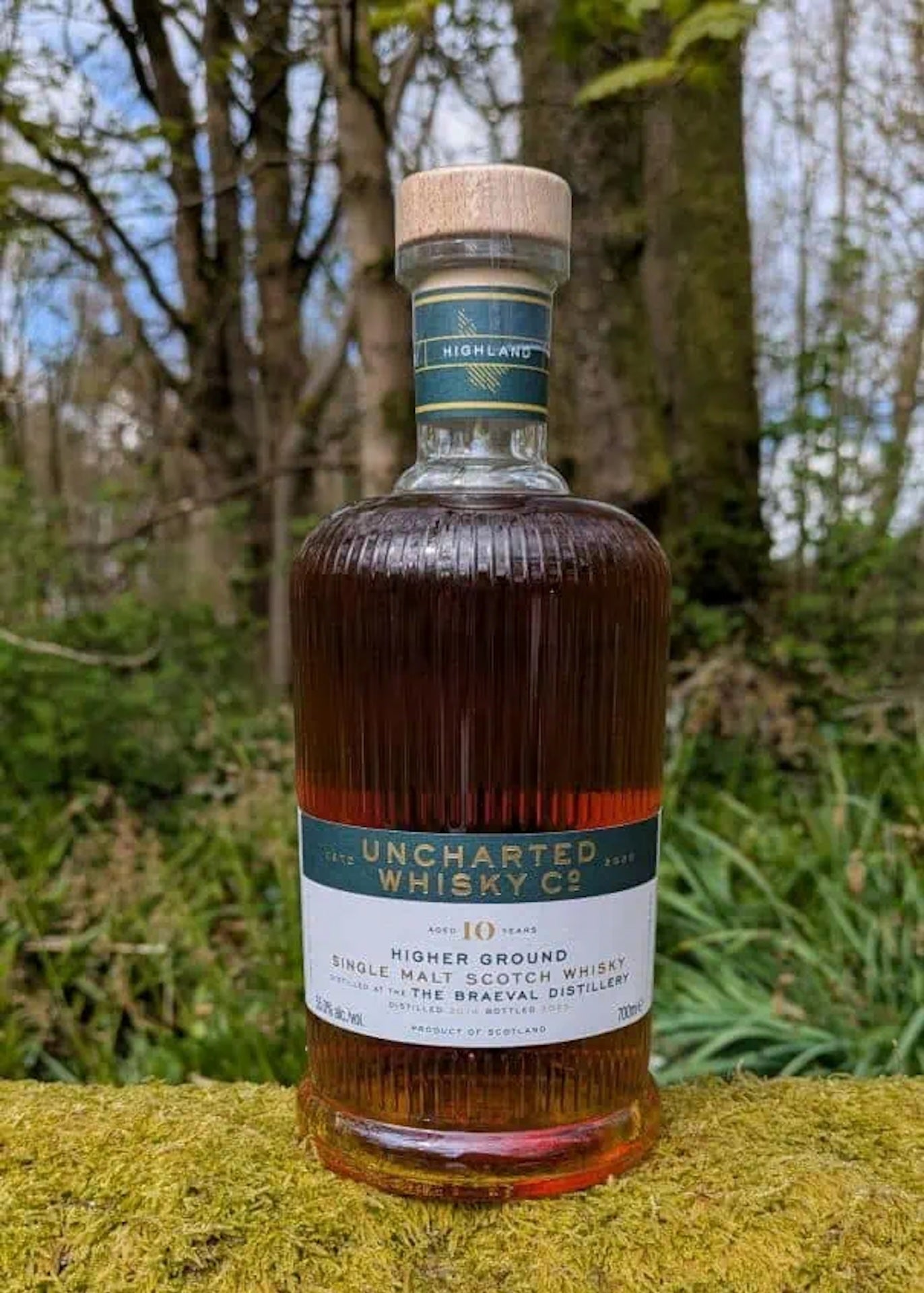
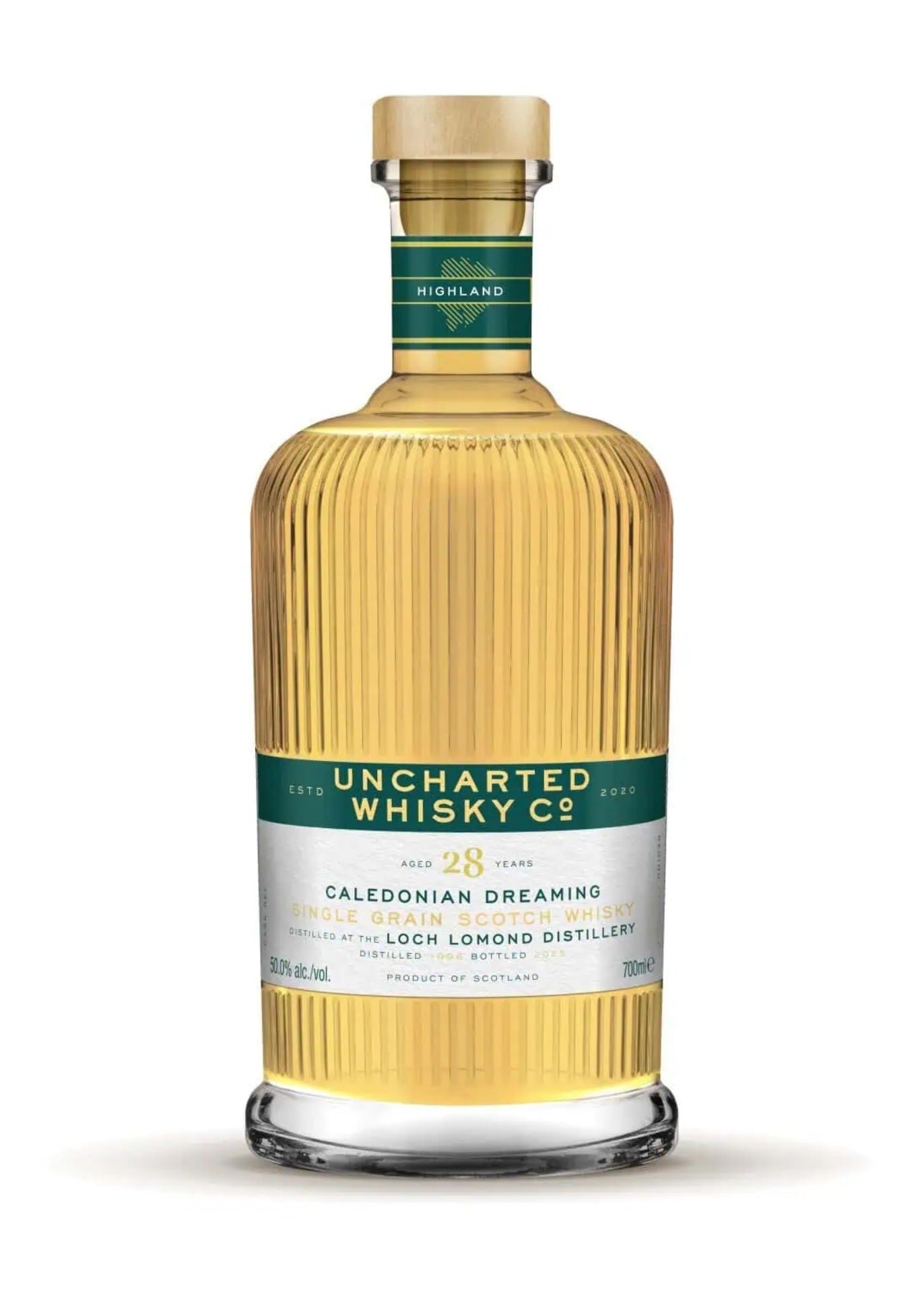
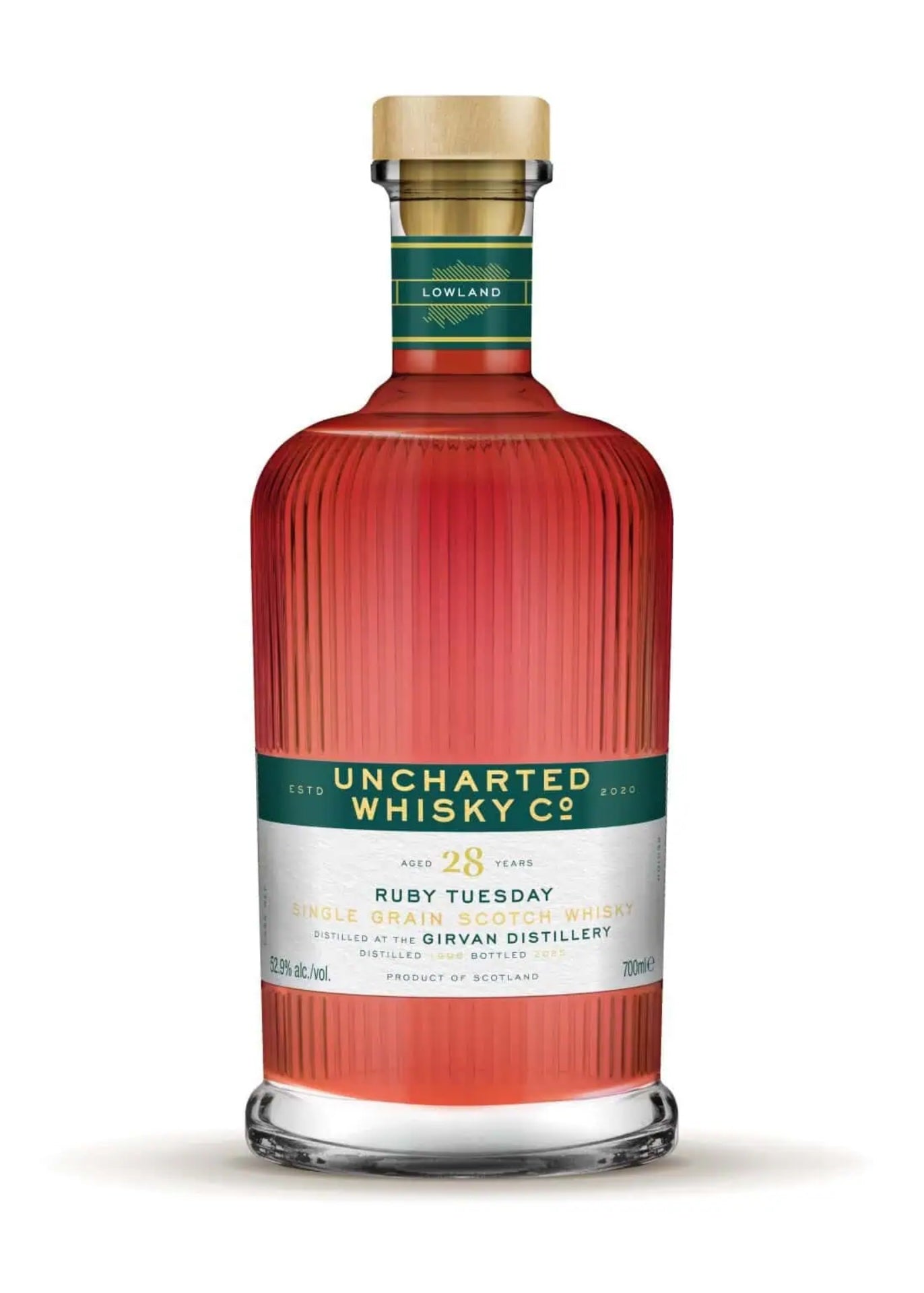
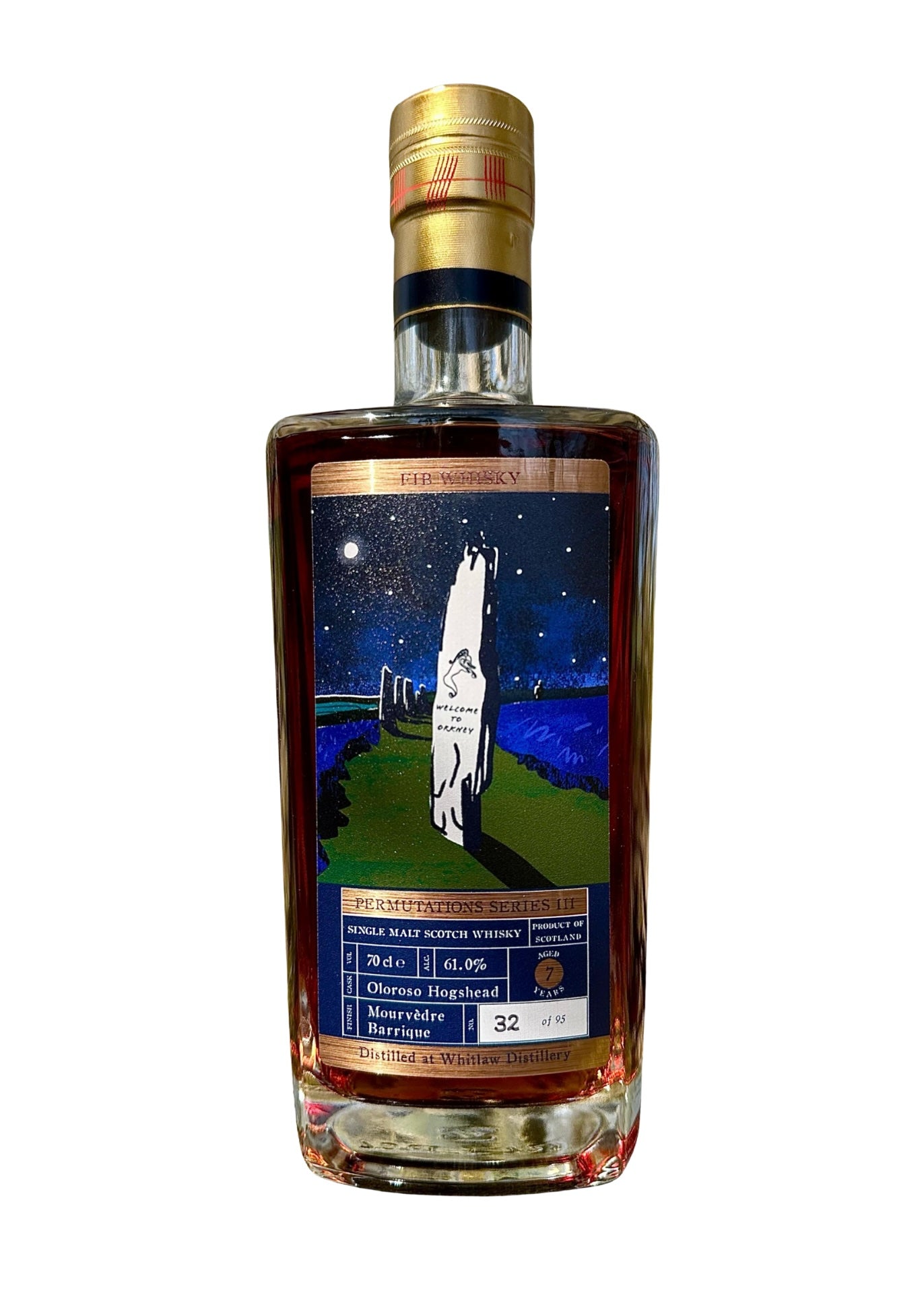
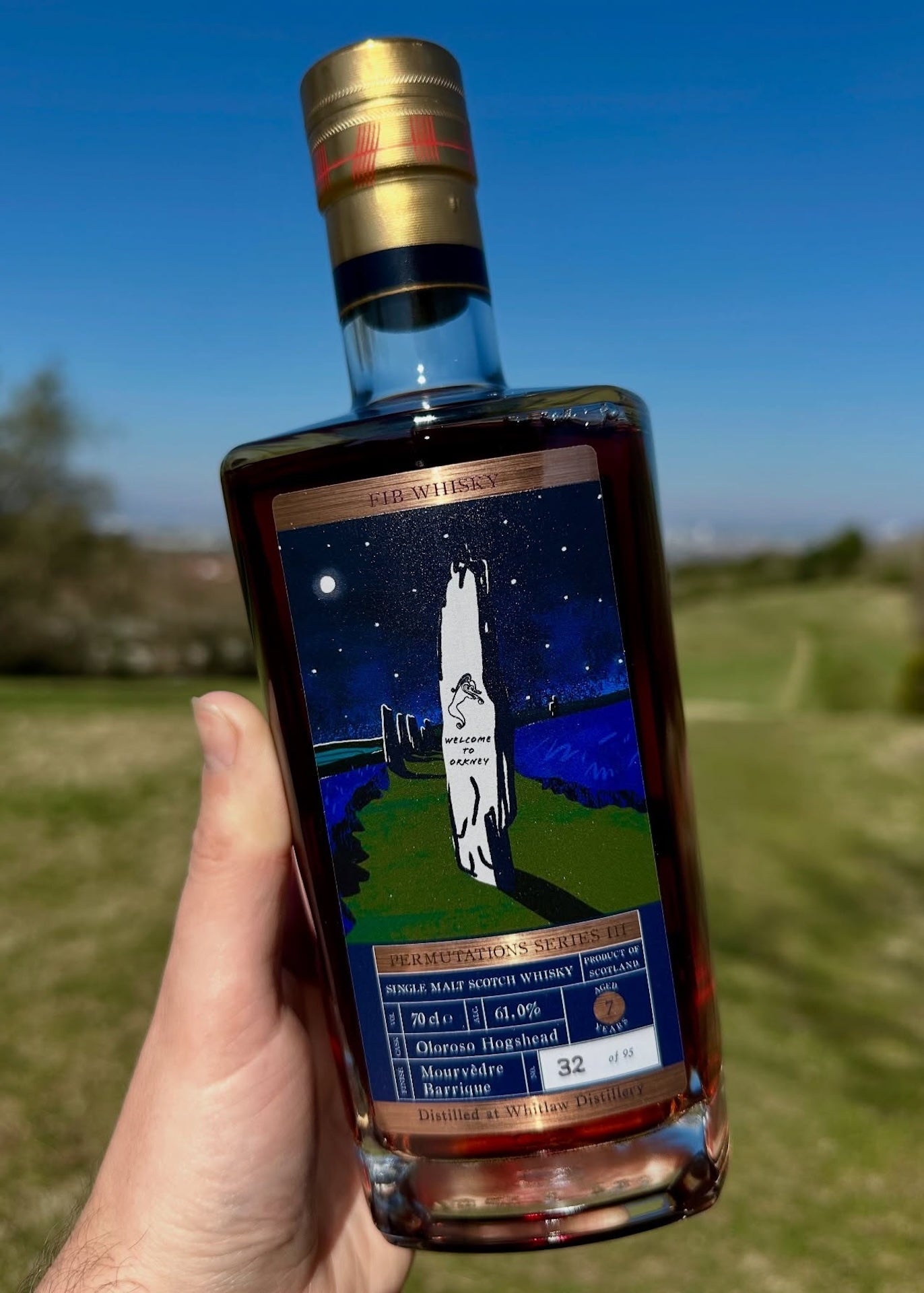
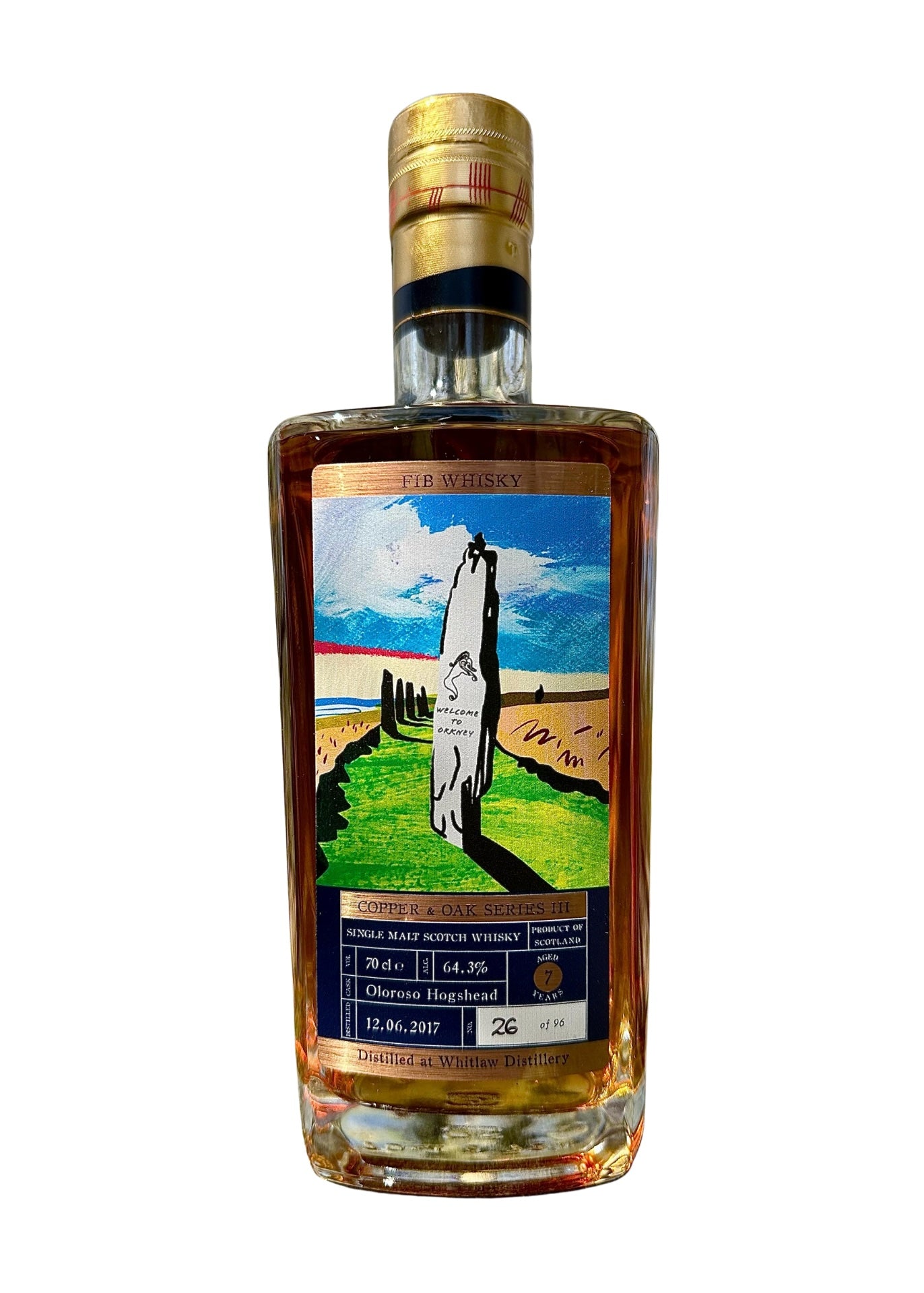
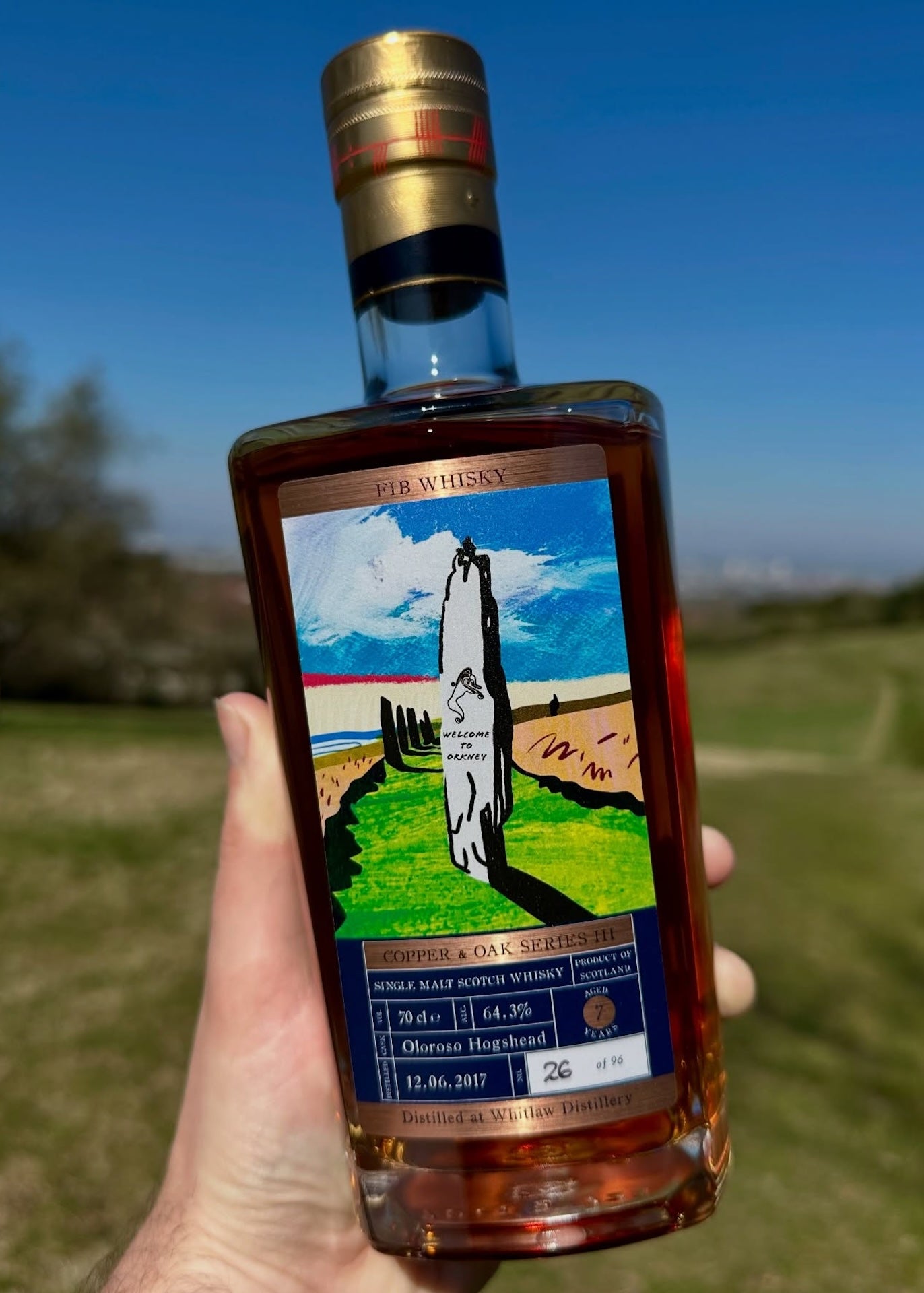
1 comment
Would be interested in a port cask whiskey, how much a cask
Thomas mulligan
Leave a comment
This site is protected by hCaptcha and the hCaptcha Privacy Policy and Terms of Service apply.